Flowers
Flowers are the reproductive structures found in flowering plants. They are essential for the plant's reproductive process and come in a variety of shapes, sizes, and colors. Understanding the parts of a flower is important in learning about the plant life cycle and reproduction.
Parts of a Flower
A typical flower consists of several main parts:
- Petal: The colorful and often fragrant part of the flower that attracts pollinators.
- Stamen: The male reproductive part of the flower, consisting of the anther and filament. The anther produces pollen.
- Pistil: The female reproductive part of the flower, consisting of the stigma, style, and ovary. The ovary contains the ovules, which develop into seeds after fertilization.
- Sepal: The outermost part of the flower, typically green and protective of the flower bud.
- Receptacle: The part of the flower stalk where all the parts of the flower are attached.
Functions of a Flower
Flowers serve several important functions in the plant life cycle:
- Reproduction: Flowers are the reproductive organs of flowering plants, facilitating the process of pollination and fertilization.
- Attracting Pollinators: The colors, shapes, and fragrances of flowers attract pollinators such as bees, butterflies, and birds, which aid in the transfer of pollen between flowers.
- Seed Production: After fertilization, flowers develop into fruits containing seeds, ensuring the continuation of the plant species.
Study Guide
To study flowers effectively, consider the following key points:
- Learn the parts of a flower and their functions.
- Understand the process of pollination and fertilization in flowers.
- Identify different types of flowers and their adaptations for attracting pollinators.
- Explore the diversity of flower shapes, colors, and fragrances in various plant species.
- Observe the life cycle of a flower, from bud formation to fruit and seed development.
By understanding the importance of flowers in plant reproduction and the variety of forms they take, you can develop a deeper appreciation for the beauty and complexity of the natural world.
[Flowers] Related Worksheets and Study Guides:
.◂Science Worksheets and Study Guides Kindergarten. Weather
Coloring Worksheet Calendar
Calendar  Coloring Worksheet
Coloring Worksheet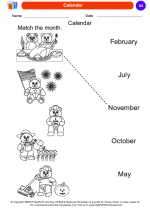 Calendar
Calendar  Coloring Worksheet
Coloring Worksheet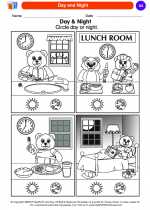 Day and Night
Day and Night  Coloring Worksheet
Coloring Worksheet Day and Night
Day and Night  Coloring Worksheet
Coloring Worksheet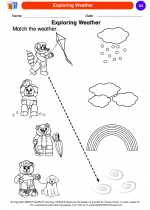 Exploring Weather
Exploring Weather  Coloring Worksheet
Coloring Worksheet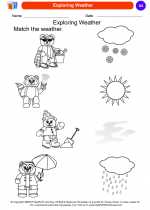 Exploring Weather
Exploring Weather  Coloring Worksheet
Coloring Worksheet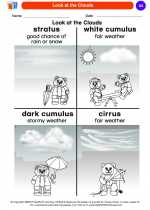 Look at the Clouds
Look at the Clouds  Coloring Worksheet
Coloring Worksheet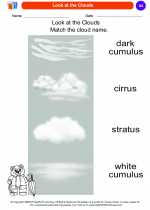 Look at the Clouds
Look at the Clouds  Coloring Worksheet
Coloring Worksheet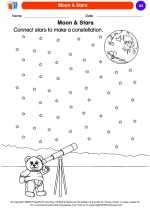 Moon & Stars
Moon & Stars  Coloring Worksheet
Coloring Worksheet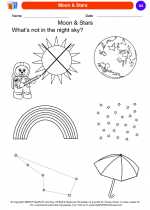 Moon & Stars
Moon & Stars  Coloring Worksheet
Coloring Worksheet Natural Events
Natural Events  Coloring Worksheet
Coloring Worksheet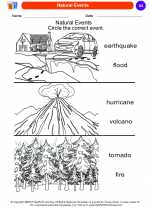 Natural Events
Natural Events  Coloring Worksheet
Coloring Worksheet Sun and Shadows
Sun and Shadows  Coloring Worksheet
Coloring Worksheet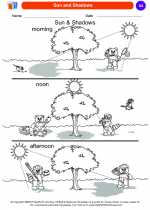 Sun and Shadows
Sun and Shadows  Coloring Worksheet
Coloring Worksheet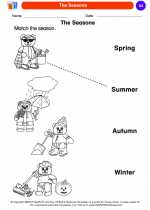 The Seasons
The Seasons  Coloring Worksheet
Coloring Worksheet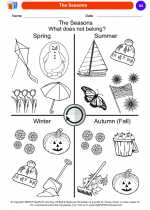 The Seasons
The Seasons  Coloring Worksheet
Coloring Worksheet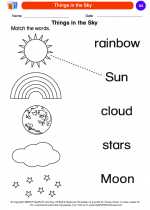 Things in the Sky
Things in the Sky  Coloring Worksheet
Coloring Worksheet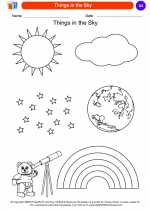 Things in the Sky
Things in the Sky  Coloring Worksheet
Coloring Worksheet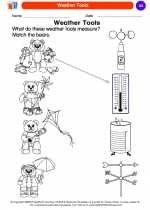 Weather Tools
Weather Tools  Coloring Worksheet
Coloring Worksheet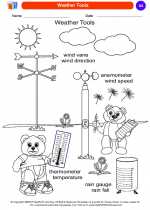 Weather Tools
Weather Tools 

 Coloring Worksheet
Coloring Worksheet
 Coloring Worksheet
Coloring Worksheet
 Coloring Worksheet
Coloring Worksheet
 Coloring Worksheet
Coloring Worksheet
 Coloring Worksheet
Coloring Worksheet
 Coloring Worksheet
Coloring Worksheet
 Coloring Worksheet
Coloring Worksheet
 Coloring Worksheet
Coloring Worksheet
 Coloring Worksheet
Coloring Worksheet
 Coloring Worksheet
Coloring Worksheet
 Coloring Worksheet
Coloring Worksheet
 Coloring Worksheet
Coloring Worksheet
 Coloring Worksheet
Coloring Worksheet
 Coloring Worksheet
Coloring Worksheet
 Coloring Worksheet
Coloring Worksheet
 Coloring Worksheet
Coloring Worksheet
 Coloring Worksheet
Coloring Worksheet
 Coloring Worksheet
Coloring Worksheet
 Coloring Worksheet
Coloring Worksheet

The resources above cover the following skills:
EARTH AND SPACE SCIENCE (NGSS)
Earth’s Systems
Students who demonstrate understanding can:
Use and share observations of local weather conditions to describe patterns over time.